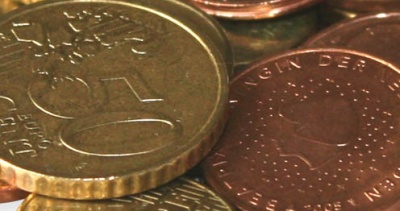There were three churches which belonged to religious orders: The Black Abbey was part of the Dominican Priory. Besides the church which you can see today, there were lots of other buildings where the priests and lay brothers lived and worked. It also owned some land and had a mill on the river Bregagh. It lay outside the walls of Kilkenny, but was connected to the rest of Kilkenny by a gate. St. Francis Abbey was a Franciscan Friary. Part of its church can be seen from the main gate of Smithwick’s Brewery. This is only part of the original church and there were other buildings, now gone.
Franciscans and Dominicans were known as Mendicant Orders. A mendicant is someone who begs. The mendicant orders were founded to preach the gospel and to serve the poor. Instead of living off the produce of land which they owned, the Mendicant Orders got much of their income from the ordinary people. St. John’s Priory was an Augustinian priory. It was also the Parish Church of St. John’s Parish on the east bank of the River Nore.
Download the information sheets below to find out more about Kilkenny’s Medieval churches.


















